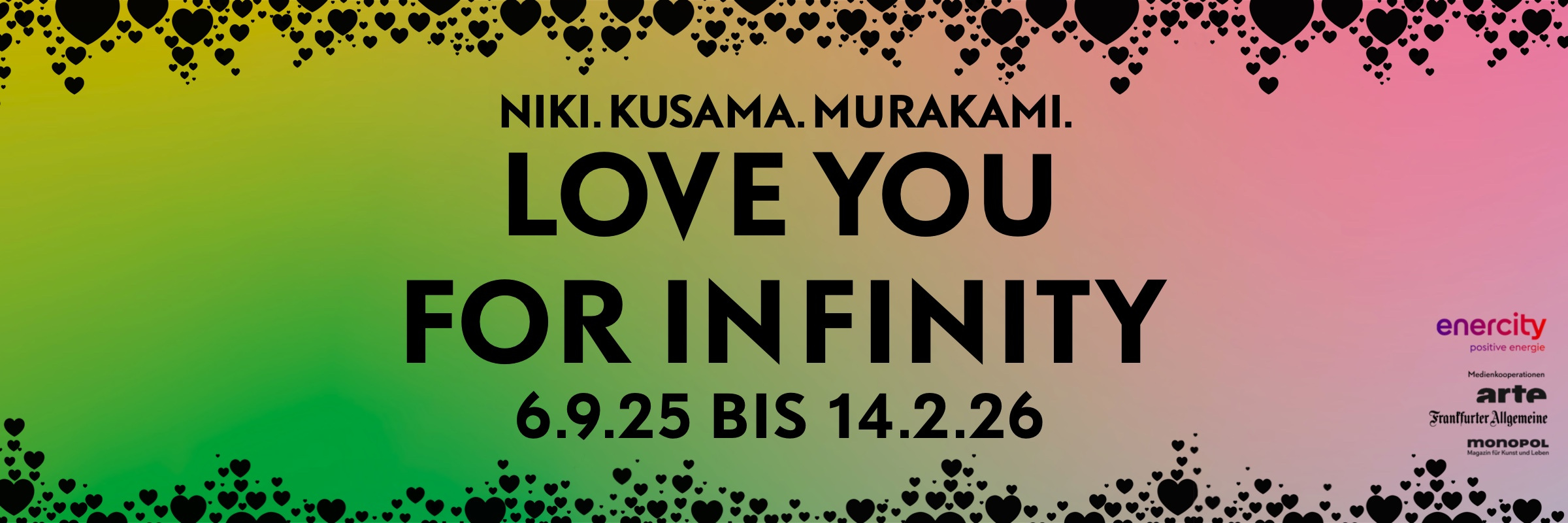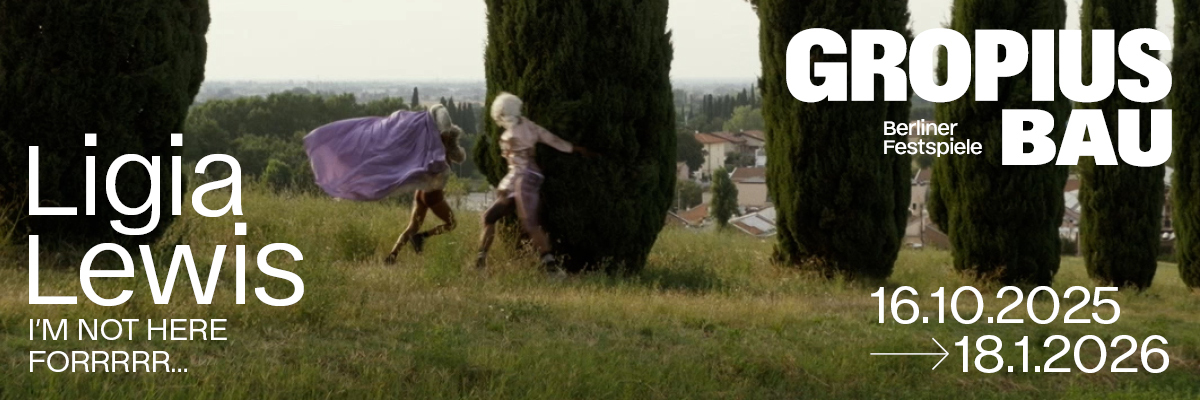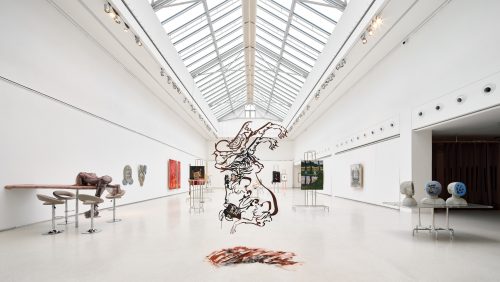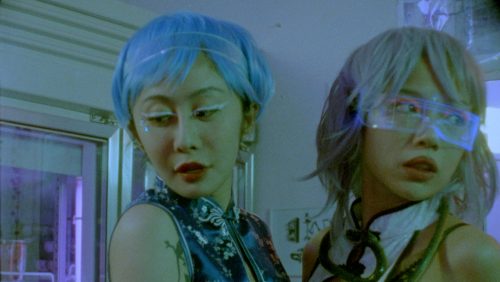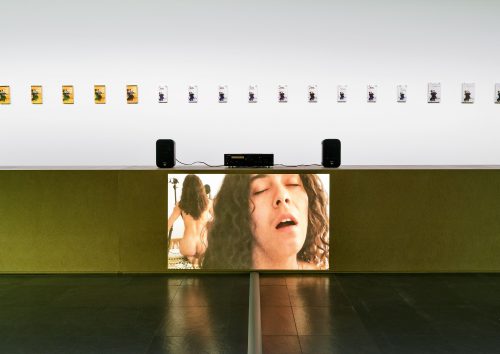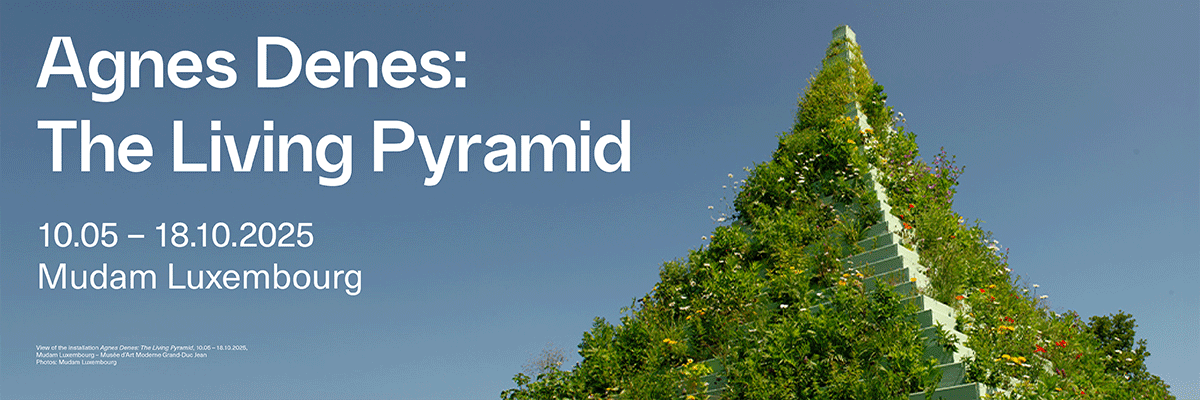
Mathilde Rosier
Song Field

Installation view: "Song Field", Kadel Willborn, Düsseldorf, DE, 2025
Advertisement
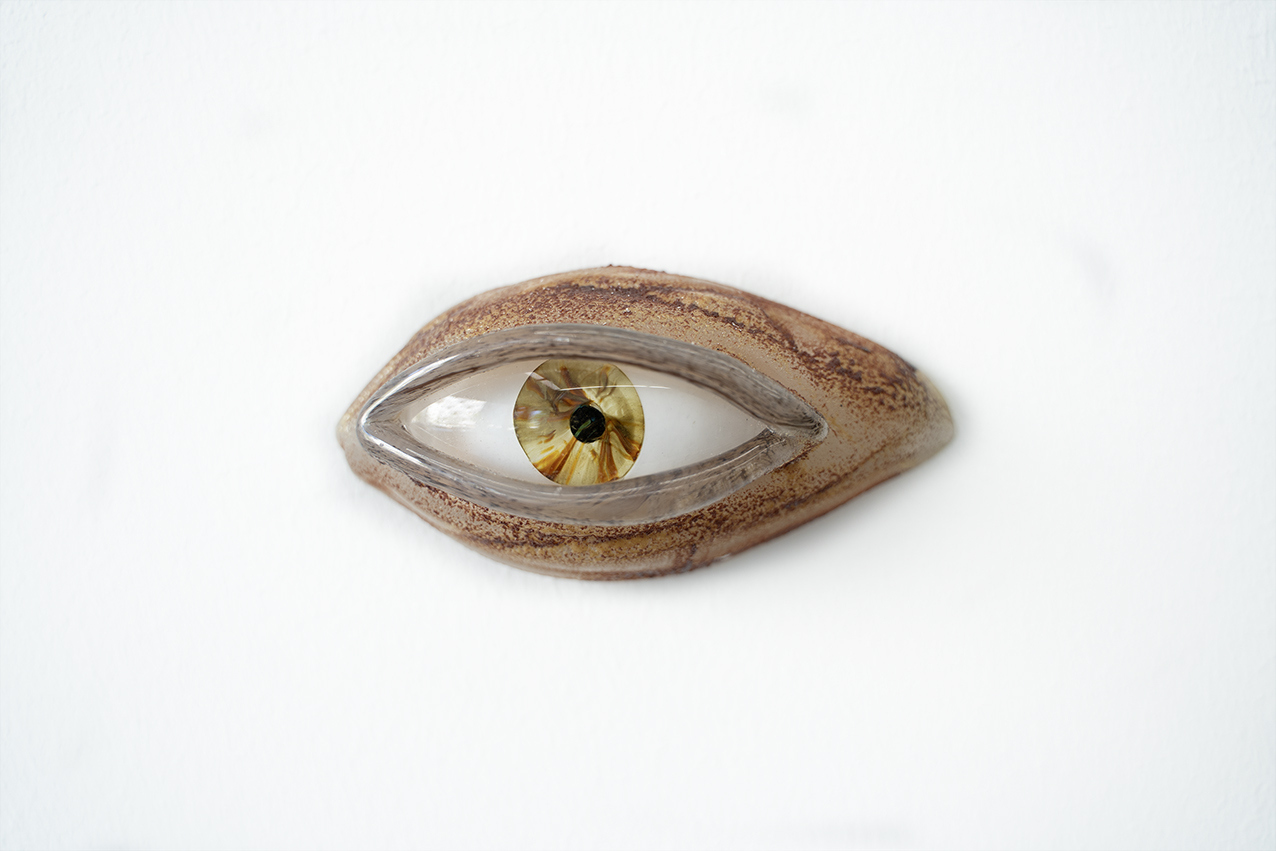
Seed Eye, 2025 Glass object, mouth-blown, Production Cirva Marseille, 12 × 6 × 4 cm

Installation view: "Song Field", Kadel Willborn, Düsseldorf, DE, 2025

Installation view: "Song Field", Kadel Willborn, Düsseldorf, DE, 2025

Installation view: "Song Field", Kadel Willborn, Düsseldorf, DE, 2025

Installation view: "Song Field", Kadel Willborn, Düsseldorf, DE, 2025

Installation view: "Song Field", Kadel Willborn, Düsseldorf, DE, 2025

Installation view: "Song Field", Kadel Willborn, Düsseldorf, DE, 2025

Installation view: "Song Field", Kadel Willborn, Düsseldorf, DE, 2025

Installation view: "Song Field", Kadel Willborn, Düsseldorf, DE, 2025
For two decades, Mathilde Rosier's work has demonstrated a remarkably unique preoccupation with the tension between humans and nature. In her paintings, performances and films, she constructs poetically surreal worlds between dream and intellect and reflects on visible and hidden relationships between man, culture and nature. Her works “ rapture” us into new models of thought and at the same time are based on precise research into political, social and economic contexts. This combination is based on Mathilde Rosier's studies in social and economic sciences, which she completed before studying art. Already in the 1990s, during and after her studies at the École des Beaux Arts in Paris, she lived and observed the contrasts between city and countryside, between nature and agriculture. At the beginning of the noughties, Mathilde lived and worked in the metropolises of Amsterdam, New York, Los Angeles and Berlin before deliberately moving back to the French countryside in Burgundy in 2015, where she deepened her exploration of the tension between nature and agrarianism. Mathilde Rosier: “My workshop has a panoramic view of the countryside: Every spring and summer, I look out on a painting - that of the fields whose colors change over time.”
The current exhibition Song Field shows an impressive synergy of Mathilde Rosier's previous research and her sovereign handling of motifs and techniques in art history from the Middle Ages through surrealism to the present day, from painting and theater to film. The starting point of “Song Field” is the immersive installation of a free-standing landscape painted on printed textiles, which interacts with paintings and an object installation of seven blown glass eyes on the wall, which Mathilde Rosier produced in collaboration with the renowned Cirva Institute of Glass Art in Marseille. The central motif is the transition from untouched to cultivated landscape, which, similar to an invisible “echo”, connects different “fields” of space, time and humanity. Mathilde Rosier's studio in Burgundy effectively opens to a panoramic view of the landscape behind her house. In recent years, the image of “untouched” nature has given way to agricultural utilization, showing other forms and patterns. The term “field” is expanded by Rosier to mean not only the actual ground, but also herself as a “field of diverse perceptions” and the atmosphere between the person as an individual and their surroundings: "Myself I am a field of perceptions and the atmosphere between me and the land is another field. “The atmospheric space in between as a ”communicative energy field" can also be found in Renaissance painting, for example, where the space between the angel and the Virgin Mary becomes the space of a communicative relationship. Mathilde Rosier is interested in the invisible, atmospheric intermediate space as a place of “becoming” that can be shaped.
„I then catch the wriggling of the air as becoming increasingly tangible. The space in between me and the land is seen as thick and material as a heavy curtain even if it is fresh and light. (...) From my own experience, a constant observation of the same scenery over time, the body becomes a field of multiple subtle perceptions, a field of invisible eyes.” The contradiction between the physicality of things and the atmospheric in between is what fascinates Mathilde Rosier about glass as an originally transparent material and the printed textiles as the background for her paintings. The repetitive arrows in her paintings are abstract symbols inspired by Paul Klee, but in Rosier's work they become a systematic pattern. Like no other symbol, the arrow is associated with the idea of physical, yet invisible phenomena. Mathilde Rosier herself: “The arrow manifests what is impossible to represent in forms but also difficult to articulate in words. (...) The arrow stands for what Alighieri Dante calls “the Love that moves the sun and other stars.”
